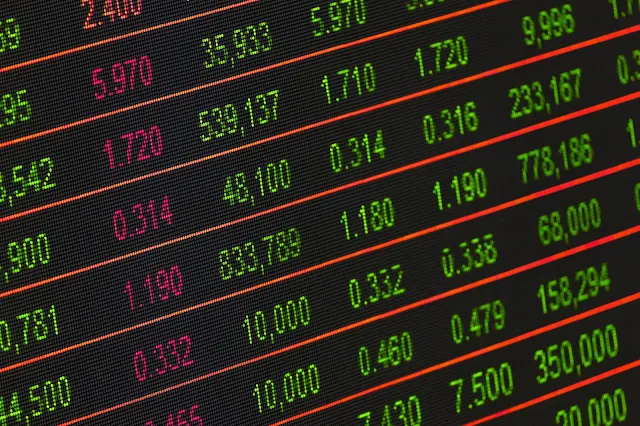Preference Shares:
Such shares enjoy preferential rights like payment of dividend at a fixed rate during the life of the company, and the return of capital on winding up of the company. Normally preference share holders do not enjoy voting rights like equity (common share) holders but they have voting right in distinguish circumstances.
 |
| What is Preference Shares and its kinds? |
A company may issue the following types of preference shares–
- Cumulative Preference Shares: If company failed to pay dividends in previous years then holders of that shares have first right to receive that dividend if company decided to pay dividend in near future. The accumulated arrears of dividends shall be paid, if any dividend is declared in subsequent years, before any dividend is paid to the equity share holders. It must be remembered that all preference shares are always presumed to be cumulative unless the contrary is stated in Articles or the terms of issue.
- Non-Cumulative Preference Shares: Holders of that type shares receive dividends on yearly basis they have no right on previous dividends. Although they have first right to receive dividend over equity share holders. If no dividend is paid in any particular year, it lapses. Holders can’t claim it.
- Participating Preference Shares: Holders of that type shares receive dividends at fixed rate and participate further in the distributed profits along with the equity share holders. They entitled to get a share in the surplus assets (money or assets which remain in company’s name after paying to all its creditors) of the company on its winding up if specific provision exists to that effect in the Articles.
- Non Participating Preference Shares: Holders of that type shares entitled to get fixed dividend but not participate on surplus assets of the company on its winding up. If the Articles are silent, all preference shares are deemed to be non-participating unless otherwise stated in the terms of issue.
- Convertible Preference Shares: The holders of these shares can convert their shares into equity shares in future.
- Non-Convertible Preference Shares: Here, The holders of these shares can’t convert their shares into equity shares in future. If the Articles are silent, all preference shares are deemed to be non-convertible unless provided in the terms of issues.
- Redeemable Preference Shares: preference shares work like bond although it very different from bond. Capital received on such share can be paid back to the holders during life time of the company. The paying back of the capital is called redemption. That mean, now holders can redeem their holdings, not like bond which can be redeemed only after completion of maturity.
- Irredeemable preference Shares:The repayment of such shares is possible on winding up of the company only. After the commencement of the Companies (Amendment) Act – 1988, issuing that type of share is prohibited.
Comments
Post a Comment
Please do not enter any spam link in the comment box.